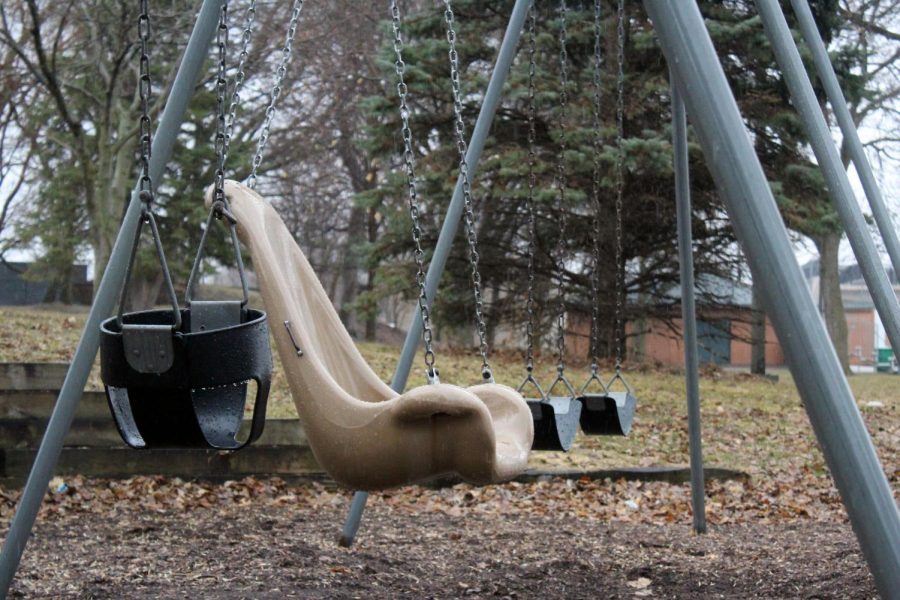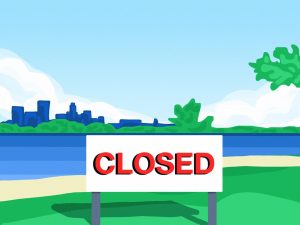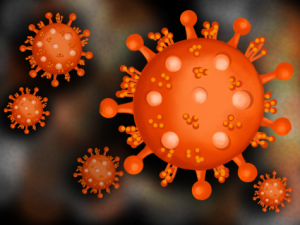Governor extends stay-at home order
Order effective until May 3
Gov. Tim Walz extended the stay at home order through May 3, in Executive Order 20-33. According to the order, Minnesotans can still participate in outdoor activities. “Individuals may engage in outdoor activities (e.g., walking, hiking, running, biking, driving for pleasure, hunting, or fishing), and may go to available public parks and other public recreation lands, consistent with remaining at least six feet apart from individuals from other households,” said the order.
April 8, 2020
Continuing the nationwide effort to slow the spread of COVID-19, Gov. Tim Walz has extended the stay-at-home order and the closure of bars and restaurants, until May 3.
“The continued presence of community spread in Minnesota, the rapid increase in COVID-19 cases, and the rising COVID-19 related deaths both globally and in Minnesota require us to continue our measures to slow the spread of this pandemic,” according to Executive order 20-33. “Slowing the community spread of COVID-19 is critical to ensuring that our healthcare facilities remain able to accommodate those who require intensive medical intervention.”
In a press conference April 8, Walz said Minnesotans have already been doing a good job following social distancing recommendations, that have been shown to help stop the spread of COVID-19.
“What I ask you to do Minnesota, and you have done in a spectacular very Minnesota manner, is to buy us time by following these rules, by social distancing, by making sure we are staying home. We are doing distance learning across the state and again I want to applaud the folks that are making that happen,” Walz said.
After talking about models of the spread of COVID-19 provided by the University of Minnesota, Walz said although the models are hopeful in terms of overall number of cases, Minnesotans can’t stop following the recommendations.
“We cannot rest easy. This thing can explode overnight if you don’t take the proper precautions. I’m not saying New York didn’t take the proper precautions. The problem is that that many days back, no one knew how quickly this was going to go. No one had the social distancing in place long enough. The move to go to social distancing, the move to go early, has kept us relatively flat,” Walz said.
Social distancing has proved to help slow the spread of COVID-19 which is crucial to ensure healthcare facilities are not overwhelmed, according to Walz.
“Every one of the models out there shows a trend and direction that if you social distance, you buy more time,” Walz said. “This is the absolute given, if you need a ventilator and don’t get one, there is a very slim chance you are going to survive it. If you do need a ventilator and you get one your chance of survival is ten times (higher), so the issue is making sure that happens.”
Walz said extending the stay at home order into early May pushes back the peak in the models the state is using to July.
“Staying home has worked by helping slow the spread,” Walz said. “Public health experts, including our own Minnesota Department of Health have recommended to me and our office we extend the stay at home order. Minnesota hospital and health care workforce are also asking us to extend this.”
Minnesota is one of 41 other states and the District of Columbia to have issued orders or be under some sort of public health directive that closed non-essential businesses, according to the executive order.
“Limiting activities to only those that are most essential and practicing social distancing at all times are vital tools required to mitigate the community spread of COVID-19 in Minnesota and nationwide,” according to the executive order.
As of April 8, Minnesota has 1,154 confirmed cases of COVID-19 including the 632 recovered cases, according to the Minnesota Department of Health.








